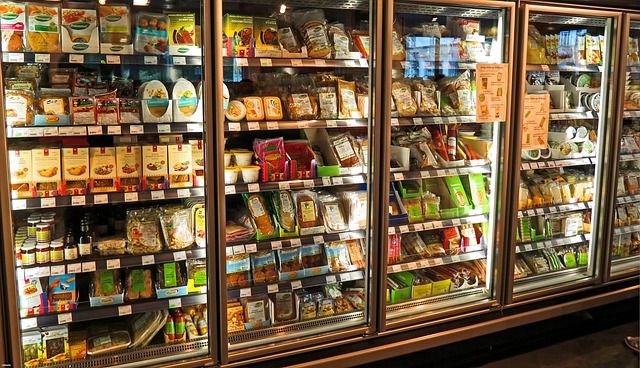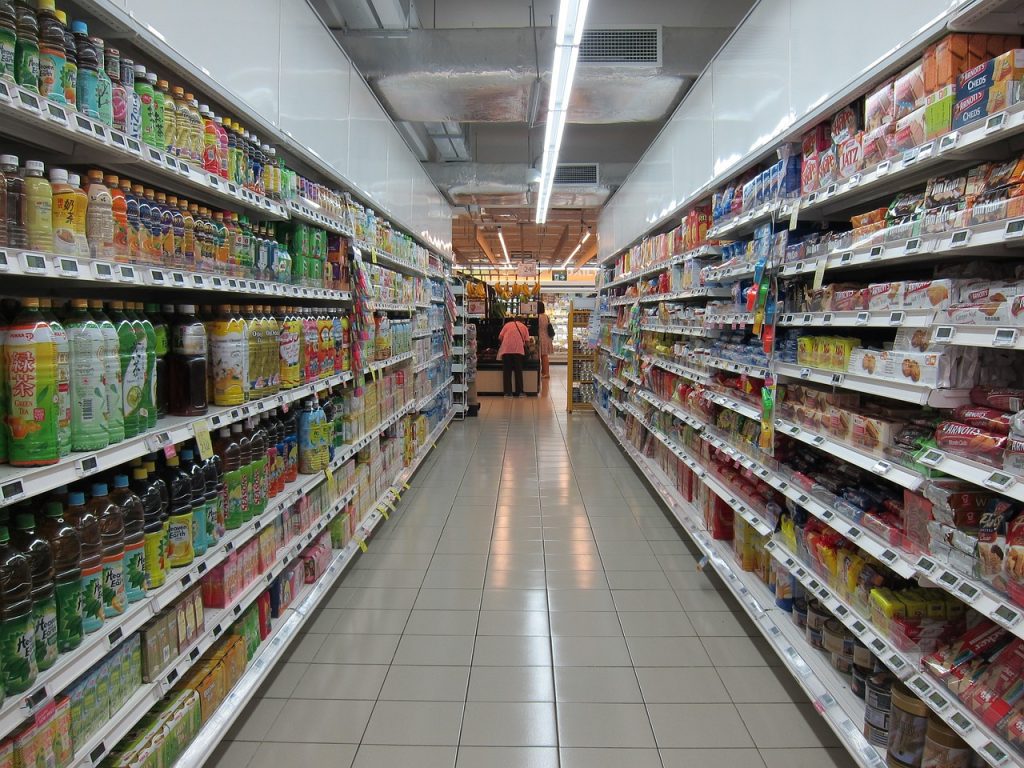We live in a society ruled by consumerism. Our economy is built on it and the world around us is obsessed with parting us from our money.
But, if you understand the tricks and can see what’s happening, you can avoid the vast majority of the techniques companies use to try to get us to spend.
Spending some money is inevitable. But if you can control what you spend, where and on what, you retain some control over your destiny.
There are literally hundreds of tricks companies use to get us to spend more, so I’ll just list a few of the more popular ones.
Fear of missing out (FOMO)
Fear or missing out, or scarcity marketing, uses our own psychology against us. We all have a desire to get a good deal and don’t want to miss out on savings or a bargain.
Unfortunately, retailers know this only too well and use it against us.
Whenever you see messages like ‘limited time offer’ or ‘while stocks last’ or ‘offer ends soon’, you’re being targeted for FOMO.
The messages create an artificial fear of missing a bargain, which can cause us to cave in and buy. This works even if we’re not actually looking for whatever product is on offer.
I often laugh to myself when I see ‘while stocks last’ on digital items as you know full well stocks are infinite.
It’s just a marketing trick.
Minimum orders for free shipping
It may seem a perfectly reasonable condition, to order a certain amount of goods to qualify for free shipping. But it’s a marketing trick.
The idea here is to get you to spend more, even if it’s a pound or two.
If the item you buy is £15 and delivery is £2.95 but you get free shipping if you spend £20, your brain says, why not buy something for £5 to get free shipping?
Even though you’re spending more, the idea of ‘free’ is so powerful, it can overwhelm logic and encourage us to spend more.
Amazon uses this to great effect. It’s not the world’s largest retailer for nothing!
Unless you use websites like Supersaverdeliverytool.com that help you find low cost items to cross the minimum threshold, you’re going to spend more just to get free delivery.
That extra £5 you needed to spend will quickly turn into another £10 or worse.
It’s all a trick.
Many retailers factor in delivery costs into the price of the item. Not all do, so some will genuinely need to cover the cost of delivery, but most include it.
For the vast majority of retailers, minimum order values are there to make you spend more.
Using social proof
Social proof is a double-edged sword. We use it to overcome the marketing speak and to see if a product is genuinely as good as we’re being told it is.
Retailers use social proof to convince us the product is tried and tested and as good as they say. They use social proof to build confidence to encourage us to buy.
You’ll see this in a couple of ways.
You’ll see reviews and stars high up near the buy button to give you confidence.
You’ll also see ‘customers who bought X also bought Y’ or ‘Janice from Doncaster just bought X’ messages.
Facebook even has messages that tell you what your friends or family buy.
It’s all designed to convince you a purchase is safe and that you’re following the crowd.
Default subscriptions
Have you ever bought a product where the ‘get this delivered every month’ box was ticked? Or where the ‘subscribe to our newsletter’ was checked by default?
That’s another trick companies use.
They count on us either missing the box or wanting to try it out and forgetting to cancel.
There is also the fact many of us will not cancel subscriptions even though we know we don’t use them because it takes effort.
Small things to be sure, but all designed to open our inboxes or wallets to part us from our money.

Essentials at the back of the store
Have you noticed that whenever you go to a supermarket or store, the bread and milk are always right at the back?
That’s another trick.
You have to walk through miles of offers, large sale signs and lots of those aisle end caps with attractive products just to get your basics.
Everything is designed make you spend. You have to walk past hundreds of products to get your essentials then back past hundreds more to pay.
All designed to break down your willpower and get you to spend.
Buy level
Have you ever heard of the buy level? It’s the products carefully placed at eye level on supermarket aisles.
These are the most profitable products that store sells and they are placed precisely at eye level so they capture our attention. Data tells us we buy more products at eye level, so that’s where you find the most profitable products.
Go down the sweet aisles or where products aimed at kids are and you’ll see the same thing at their eye level too.
Many shoppers are unwilling to bend down or reach up to the cheaper shelves, which is another reason shops love the buy level.
Buy one get one free
Buy one get one free, or BOGOF, offers make you think you’re getting 50% off, but you rarely are.
BOGOF deals can save money if you were going to buy two of the products anyway. Otherwise, you’re likely losing out.
They make you forget you’re paying full price for the first product and potentially buying a second you don’t need.
Aisle end caps
Aisle end caps are those areas at the end of each aisle that tend to host special offers or related products.
You’ll often see items related to the aisle they are on, at a slightly higher price point. For example, bottle openers or decanters at the end of the wine aisle or saucepans and chopping boards at the end of food aisles.
You may also see special offers or some other kind of inducement.
These are there to capture the buying mood you’re in down the aisle to upsell something related.
It’s a legitimate tactic but is there purely to sell more stuff.
Impulse buys close to checkout
Supermarkets are not supposed to put sweets or chocolate close to the checkout anymore, but it’s too good an opportunity to miss.
You’ll always see items close to the checkout to tempt you while you’re waiting. They will often be cheap, low risk items like chewing gum, a bottle of water or something that doesn’t cost much.
The idea is to place something low cost close to your eyeline while you’re waiting around in order to tempt you to buy.
Bulk or multi-item pricing
Have you noticed you now get several package sizes for some items? For example packets of biscuits can now come in several sizes, including multipacks.
It’s the same for chocolate and many other products.
This is partly for convenience but also partly to get you to spend more. If you’re used to buying a 4 pack of Snickers for £1 and see a 3 pack for 80p, you can either think you’re buying the same pack as always or a more convenient smaller pack.
What you don’t always realise is that you end up paying more for that convenience.
I always recommend looking at the weight or unit pricing. It’s in the small print on the price on the shelf.
It’s a legal requirement to display but will almost always be in smaller print.
Always check the unit price before buying large or multipacks. You’ll be surprised at what you find!
I would also recommend doing this for things like milk, fresh fruit juices, ketchup and other products too. Those package sizes change all the time and you’re not always getting a good deal.
You want the lowest price per weight or per unit. Stick to that and you’ll always get the best deal!

